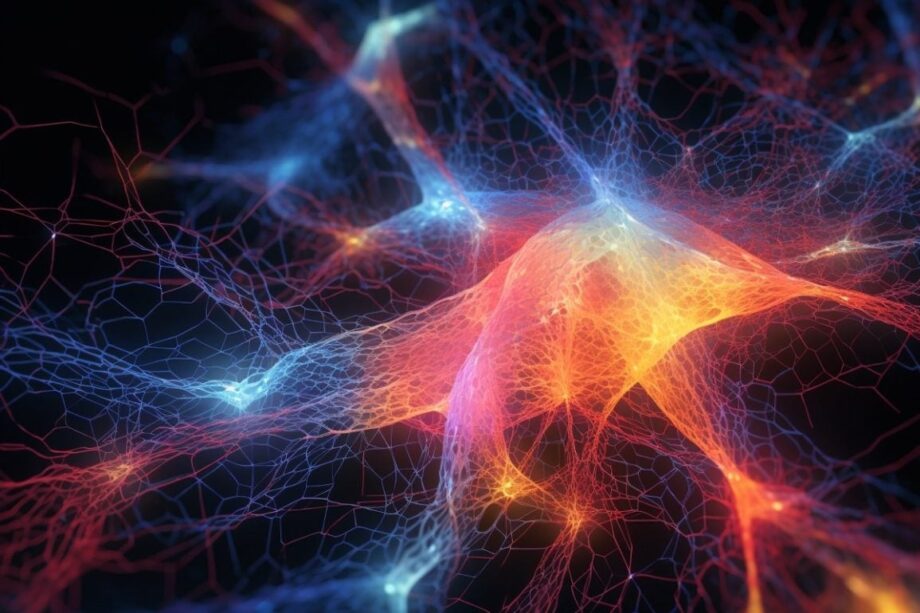Researchers utilized artificial intelligence (AI) to track and visualize changes in synapse strength in live animals. Synapses are the brain’s communication points, crucial for learning, memory, and aging processes.
Scientists at Johns Hopkins University have developed an artificial intelligence-based method to visualize and track changes in synaptic strength in live animals. This technique, described in Nature Methods, is expected to enhance our understanding of how these connections change in the human brain due to learning, aging, injury, and disease.
The researchers, including Dwight Bergles, Adam Charles, Jeremias Sulam, and Richard Huganir, employed machine learning to improve the quality of images containing thousands of synapses. By training the algorithm with images from genetically altered mice, they were able to produce higher resolution images from low-quality ones.
Using this method, the team successfully detected and tracked individual synapses over multiple days in live mice. By exposing the animals to new stimuli and imaging their brains, they observed both strengthened and weakened connections in the cerebral cortex.
This groundbreaking research, made possible by collaboration between experts in diverse fields, is expected to have a significant impact on understanding synaptic changes in diseases like Alzheimer’s. The scientists are excited to see how the broader scientific community will build upon their findings.
Reference: Xu YKT, Graves AR, Coste GI, et al. Cross-modality supervised image restoration enables nanoscale tracking of synaptic plasticity in living mice. Nat Methods. 2023;20(6):935-944. doi: 10.1038/s41592-023-01871-6

